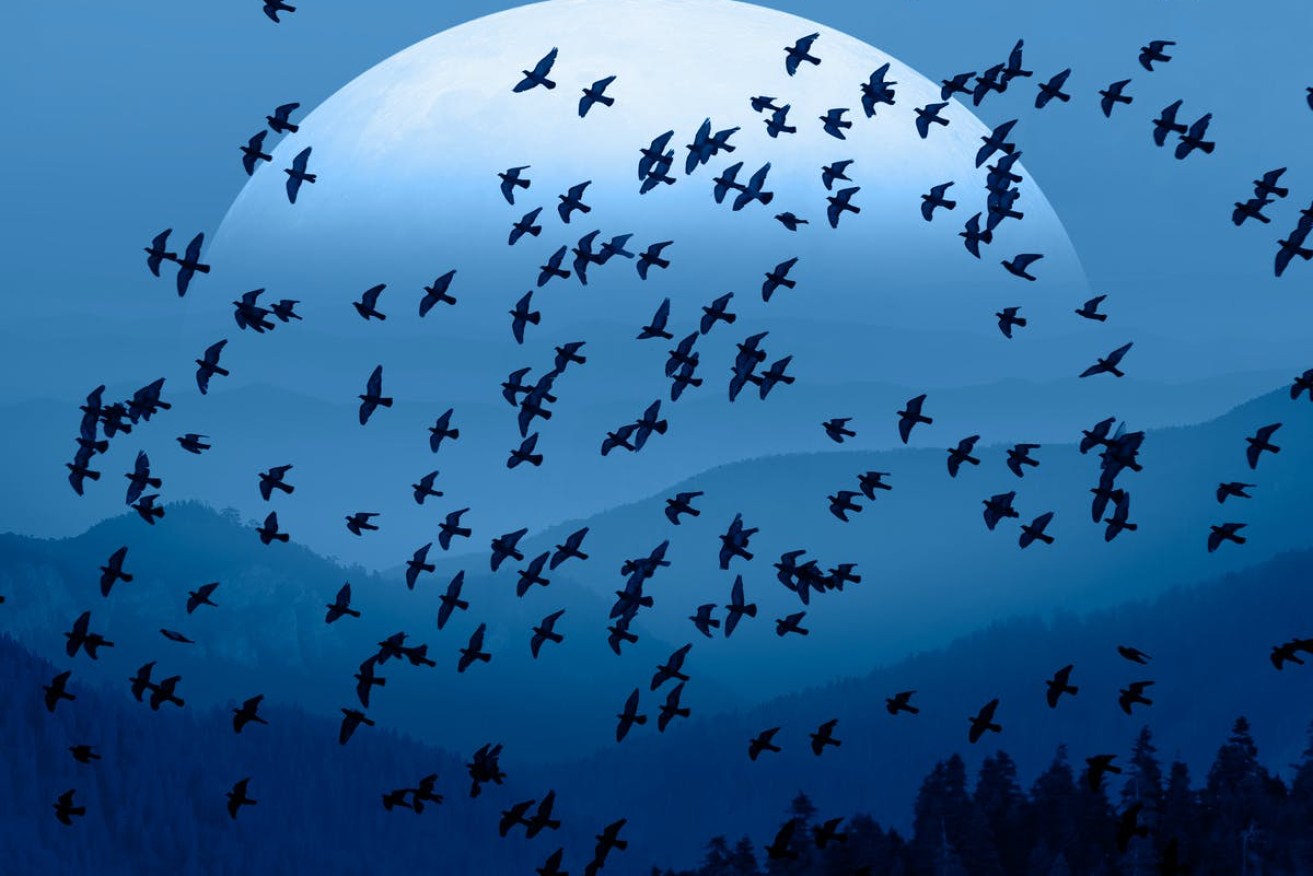Hitchcock was right: Aussie study finds six birds on Earth for every human
More than 600,000 citizen scientists around the world have contributed to an Australian research project that’s concluded there are roughly 50 billion birds in the world.

A new study estimates there are 50 billion birds in the world (Picture: The Conversation)
The study by the University of NSW suggests there are about six birds for every human on the planet.
The findings are based on the observations of dedicated bird watchers and detailed algorithms which estimate how many birds belong to 9700 different species, including flightless birds such as emus and penguins.
The study found many iconic Australian birds are numbered in the millions, including the rainbow lorikeet (19 million), sulphur-crested cockatoo (10m) and kookaburra (3.4m).
Other natives, such as the rare black-breasted buttonquail, only have around 100 members left.
“Humans have spent a great deal of effort counting the members of our own species – all 7.8 billion of us,” Associate Professor Will Cornwell, a co-senior author of the study said.
“This is the first comprehensive effort to count a suite of other species.”
The research team pooled almost a billion bird sightings logged on eBird, an online database of bird observations from citizen scientists.
They then developed an algorithm to estimate the actual global population of each bird species.
The calculation took into account each species’ “detectability” – how likely it is that a person will have spotted this bird and submitted the sighting to eBird. Detectability can include factors such as bird size, colour, whether it flies in flocks and if it lives close to cities.
Lead author Corey Callaghan said the large-scale data integration approach of the study could act as a blueprint for calculating species-specific abundances for other animals.
“Quantifying the abundance of a species is a crucial first step in conservation,” he said.
“We learn what species might be vulnerable and can track how these patterns change over time – in other words, we can better understand our baselines.”
The data includes records for 92 per cent of bird species with the remaining eight per cent excluded for being so rare.
While some bird populations are thriving, around 12 per cent of bird species included in the study have an estimated global population of less than 5000.
These include species such as the Chinese crested tern, noisy scrub-bird, and invisible rail.
“We’ll be able to tell how these species are faring by repeating the study in five or 10 years,” Associate Professor Cornwell said.
“If their population numbers are going down, it could be a real alarm bell for the health of our ecosystem.”
The findings are published in The Proceedings of the National Academy of Sciences.












